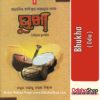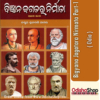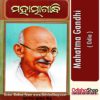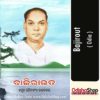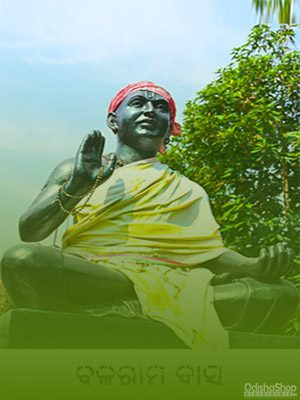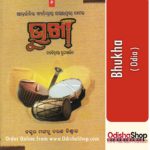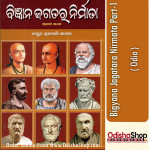Kisoricharana Das was born in 1924,he is an outstanding representative of the generation of short story writers who came to dominate the odia literary scene after the sixties. He has distinguished himself by concentrating on a particular area of experience, the middle and the upper middle classes and also by bringing an introspective reflective element into the odia short story form. The predominant theme of his stories is a search for meaning in life by the members of a comfortable middle class. His characters seek to go beyond the commonplaceness of everyday life based on habit, compromise and trivialities. This search often involves a rejection of the secure and familiar world of middle class living and its values. Most of the characters withdraw into their familiar worlds after a brief contact with other worlds of ecstasy or intensity or of any significant experience.
The stories of Das are structured as a series of situations which give rise to reflections on the part of the characters. They are resolved at the end usually in a moment of heightened realization or a moment of revelation. Events are secondary as the purpose of the author is to take the reader deep into the mental life of the character. The narrative voice provides the social framework in which the characters, their thoughts, feelings and emotions are rooted. Most of the stories are provided with urban settings. But this choice of urban locales does not exclude a deep nostalgia for earlier and simpler modes of rural living and its values. The introspective element also gives his stories a poetic quality. Das attempts to shock his character out of the complacence of a secured middle class life and make them confront the shallowness and emptiness of their experiences.
This frustration propels them to achieve significant human relationships or even at times spiritual communion. All the collections of Das harp upon their sufferings, strivings, failures and at times of their fulfilments. From Bhanga Khelana to his latest collection Gamana the same theme is prominent; but the narrative technique seems to rely more on symbols and images and on the introspective or reflective aspect. In his earlier stories like ‘Vanity’ and ‘Icecream’ the superficiality of sympathetic gestures on the part of the middle class is exposed through actual events.
In ‘Icecream’ a bureaucrat, intending to establish a rapport, invites a clerk, his immediate neighbour to a garden party. But when the child of the clerk enters the party with icecream splashed on his face, the members of the party get completely disgusted and upset. The hypocrisy that is at the heart of the middle-class attitude becomes clear. This is often focused by Das through such ironic devices. In Manihara experiences seem to have lost their validity in the context of a mechanical middle class life.
In Gamana the narration becomes more analytical. All the characters here are marked by a certain
helplessness, even in spite of their material and social status. This helplessness may result from unfulfilled sexual instincts or from a failure to belong completely as in ‘Dasara ru Diwali Jaen’ (From Dusserha till Diwali) or from an unrealized or even betrayed spirtitual craving as in ‘Tu Kana Ramakrishna?’ (Are you Ramakrishna?). Many protagonists in this collection are intellectuals who have failed to realize life in emotional and spiritual terms.
FURTHER WORKS: Ghara Bahuda (The Home Coming)., Laksha Bihanga (Million Birds)., Thakura
Ghara (The Prayer Room).
Odia Books By Kisoricharana Das
Ghara Bahuda
Laksha Bihanga
Thakura
Bhanga Khelana
Icecream

